A lot of interesting things have come from Viltrox this year, one of them is a new line of premium lenses that they are labeling as LAB.
Today, we have the Viltrox AF 35mm f1.2 LAB Lens for Sony, the Viltrox 135mm f1.8 LAB for both Nikon and Sony and the newest Viltrox AF 85mm F1.4 Pro for Sony.
So what is this LAB naming all about?
With the new Viltrox LAB design, Viltrox has upgraded these lenses considerably, and the LAB is now their flagship product.
They are essentially doing what Sigma is doing with their ART lenses, and they’ve done a fantastic job, especially considering the price at which you can obtain these lenses, compared to something like the Nikon 135mm Plena lens. I know people love their Plenas, but for those of us who don’t shoot 135mm daily, this Viltrox 135mm makes more sense.

Viltrox AF 135mm f1.8 LAB Specs
Viltrox 135mm f1.8 LAB – Amazon / B&H / Viltrox
You can find all the Viltrox Lenses for Nikon in this list, or Viltrox lenses for Sony in this list.
| Technology | Viltrox 135mm f1.8 LAB |
| Nano Coatings | Yes – Front Glass |
| Autofocus Type | Hyper VCM Dual Element |
| Focus Breathing | Low |
| Elements | 14/9 |
| Aspherical | 0 |
| ED | 4 |
| High Refractive Elements | 2 |
| Iris | 11 |
| Weather Sealed | Yes |
| Focus Distance | 2.36′ / 0.72 m |
| Weight | 2.8 lb / 1265 g |
So how does the Viltrox 135mm f1.8 LAB lens perform?
I only had the lens for about half a day, as a friend had lent it to me when we were out in Pioneer Town near Joshua Tree, California, so I can only really give you my impressions for that day. So far, I’m very impressed, but first, let’s talk about the build quality because it’s actually really good and has some great features.
Viltrox 135mm f1.8 LAB Build Quality

The build quality is amazing. All metal, the buttons felt great, the control rings all felt great, and there was a nice gasket on the back to improve weather sealing.
There is a switch to de-click the aperture, which is great for video, considering this lens has very low focus breathing.
There is also a focus distance limiter switch and a Function button.
Firmware can be updated via the USB-C Port, so any little issues or improvements that might come up could eventually get patched in.
This lens is a bit heavy and quite large.

The Autofocus Experience is smooth and flawless

The HyperVCM Focus Motor – For Nikon shooters, this will be a fairly new experience since Nikon mostly uses STM or SWM focus motors. The Viltrox 135mm uses its own patented HyperVCM motor. This is essentially Linear Autofocus Motor that uses an Electromagnetic field to control the motor, which improves the focus speed up to 150% compared to traditional STM.
This allows the autofocus to be silent while using a dual floating elements system for improved focus at close distances.
The motor operates on the same fundamental principles as a traditional VCM, utilizing electromagnetic force to produce linear motion.
Do be aware that the focus system will feel loose and clunky inside the lens until it’s given an electric current. So don’t worry if you feel movement when the camera is powered off; this is fine.
Although Viltrox is a third-party brand, I had no issues with any of the lens’s functions. It felt like a first-party, and the only disadvantage is that you wouldn’t get built-in metadata for in-camera profile corrections.

Image Quality
Another area where this lens continued to impress me was its sharpness, even at close distances.
Because the Viltrox 135mm features a dual focus system, you can maintain excellent sharpness even at close distances.

Overall, it’s a sharp lens, even on higher-megapixel cameras like the Nikon Z8. Images are crisp and clear. Is it as good as the Nikon Plena? I’m not really sure, Nikon uses their proprietary Nano Coating system that really can boost some of the clarity and sharpness, but just shooting with this Viltrox in isolation, it’s pretty amazing. You can see the magic those coatings bring to Nikon in the Nikon Z 85mm f1.8 S Review.
I’m sure you could go side by side and pixel peep and find little differences between the Viltrox 135mm and the Plena 135mm, but I doubt most people in the real world really worry about that sort of thing.
The Viltrox 135mm LAB does utilize HD Nano multilayer coatings for the front element to help mitigate reflections and repel water and smudges.

The Few Little Flaws
I don’t want to call these flaws, but I do want to point out a few little characteristics that I’ve noticed.
The first one is that it does flare a little bit in direct sunlight, which is why I mentioned the coatings earlier. I don’t think a Nikon S lens would flare up as much as this lens does. Nikon, Canon, and Fujifilm all seem to have something just a little nicer in their coatings department. This not only improves flaring but also enhances contrast and sharpness slightly. But again, I don’t have a Plena, so I can’t test side-by-side. For the most part, the flaring wasn’t terrible, and I like a lens that flares a little more than what those S lenses or the Fujifilm EBC coatings do anyway; I think the effect looks cool.
Here in this sample, this is about as bad as it gets, which is totally fine for what I like.

Bokeh
One of the great things about a 135mm at f1.8 is the amazing bokeh you can get and the subject separation you can get with those full body portraits. This is what makes 135mm so great in my opinion, is that background separation you can get with the full body portraits.


Micro Contrast
There is a lot of fancy glass in this lens that reduces some of that color and tonal bite you get from those lower element lenses. We’re seeing 4 ED elements and 2 Ultra High Refractive Elements with a total element count of 14.
This is causing a few things to happen that you will see compared to lower element lenses. Mainly, the background bokeh is a bit more aetherial and not quite as tonally rich as you would see from a lower element lens. This is not a bad thing, just a different thing. Sometimes I like the rich colors in the bokeh, and sometimes I like the more fluffy aetherial bokeh you get from these modern designs.
Micro-contrast is a little lower as a byproduct, and I do notice some blotchiness in some of the tones and colors, mainly in the highlights and shadows. Micro-Contrast is kind of like your optical version of Bit Depth; some people see it, some don’t.
Here is my daughter elegantly covering herself with gummy worms. This is shot indoors, and you can see there is just a little bit of a glow to the image, which often comes from a higher element count.

Still, the coatings are great, and the lens is so sharp that I don’t think anyone would be bothered by this or even really notice without doing ultra side-by-side snobbery with a lower element lens. And even if you did, with a lower element lens, you would introduce so many other issues that the trade-offs just might not be practical.
Viltrox AF 135mm f1.8 LAB Review – Final Thoughts
I will most likely pick this lens up down the road, and I would suggest giving it a try if you find the Nikon Plena or Sony GM lenses to be a little out of your price range. This provides everything you could want or need for a 135mm lens, and you will be happy with the output.

I’m not particularly snobbish about lenses like this, as a guy who primarily focuses on character and overall feel, and this lens delivers in this area. I would consider this a “shut up and buy it” lens at least for my personal taste and use cases – especially for this price.
That’s just my opinion, using this lens for one day out in the desert. It really impressed me.

Viltrox 135mm f1.8 LAB Sample Images
All the samples are shot with the Nikon Z8, and colored with the Core Lightroom Presets. These looks are mostly the Core II or Core III base looks.





| **This website contains affiliate links. We will earn a small commission on purchases made through these links. Some of the links used in these articles will direct you to Amazon. As an Amazon Associate, I earn from qualifying purchases. |
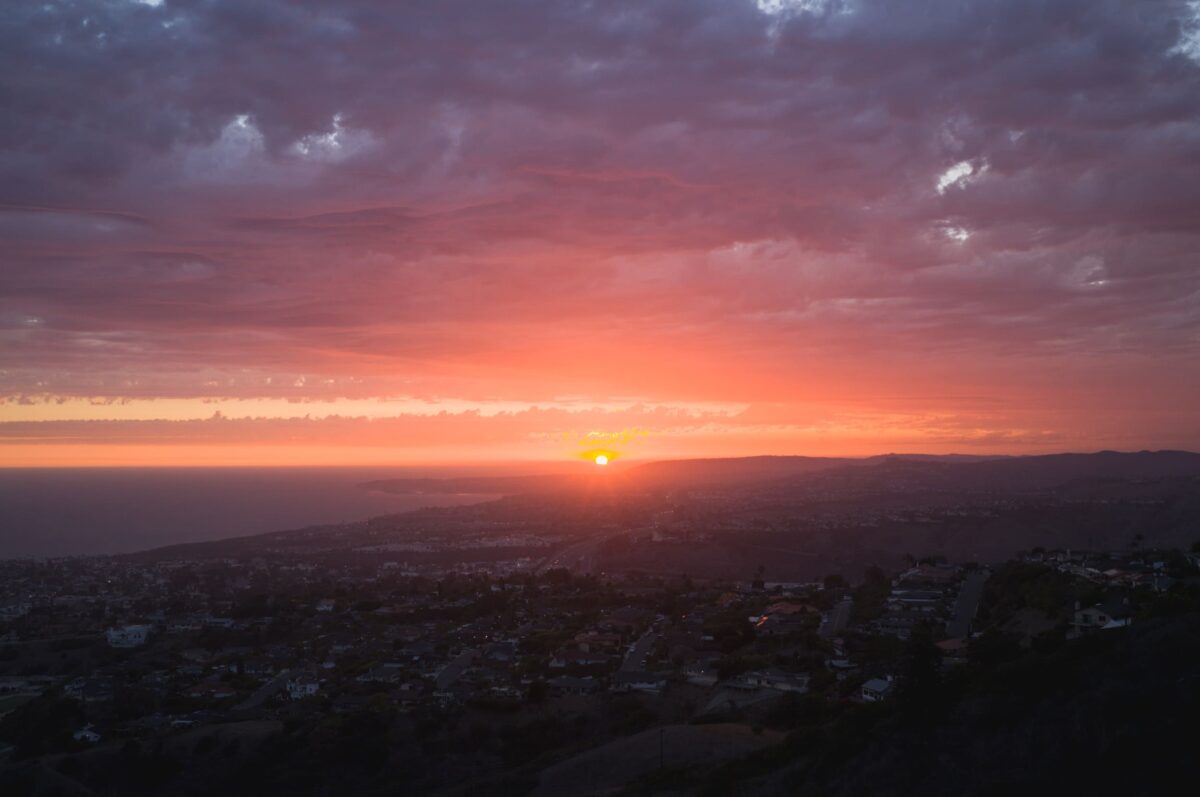

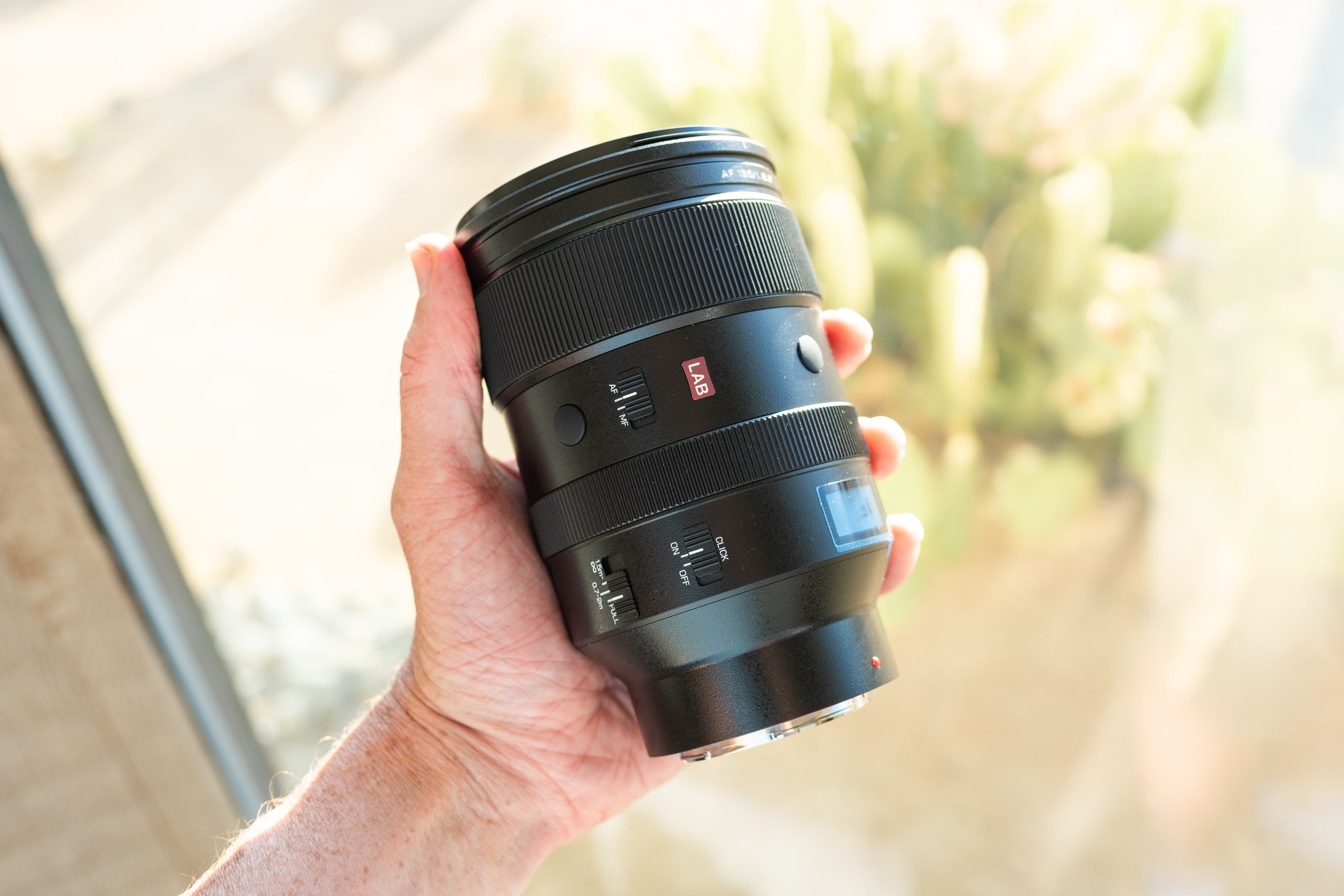
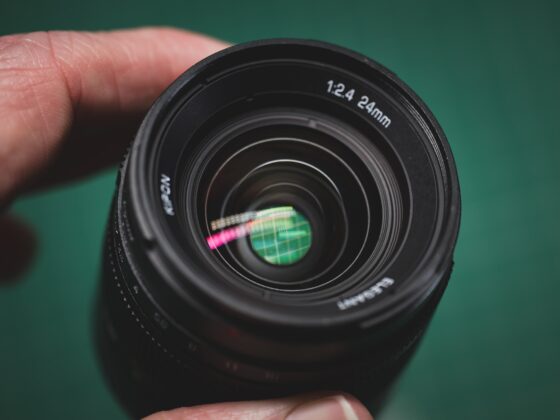

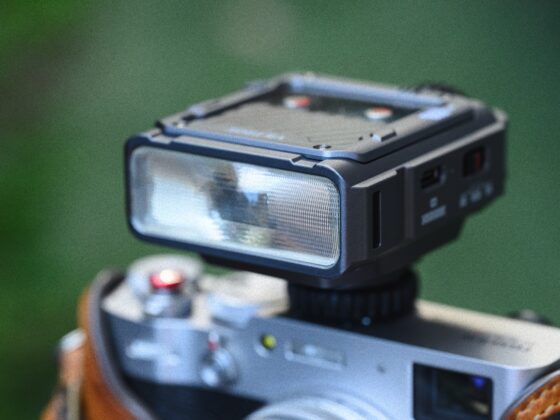
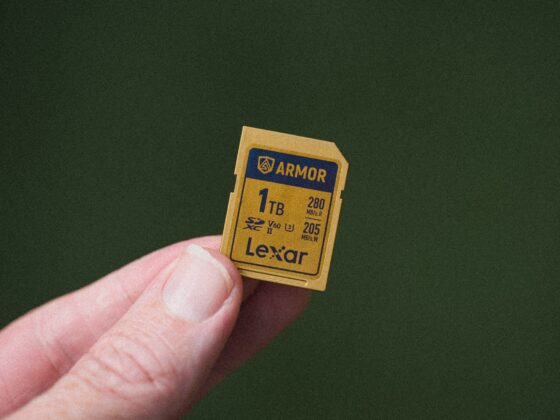
Thanks for the review, Alik!
As always, great photos of your kids. Your daughter is so photogenic and has such a beautiful smile.
Unfortunately, there aren’t many situations where I would really need a 135mm lens. I mostly do family photos and some volunteer work at church events, and I only photograph one or two weddings a year.
It doesn’t seem sensible for my applications to lug around a beast like the Viltrox instead of the great Nikkor Z 85mm 1.8. Just imagine carrying a two-kilogram (more than four-pound) camera setup to the playground! Who in the world would do that? Ok, we do everything for great pictures 😉
I have the small Viltrox 20mm 2.8 lens for the rare wide shot. The colors of this lens are very different from those of my Nikkor Z primes. But this is from the budget line; it’s not like the 135mm lens.
I wonder if the colors of the 135mm differ much from the Nikkors. Did you shoot with other Nikkor lenses that day? Did you notice anything in this regard?
Thank Benedikt,
The colors will likely be a little different since Viltrox uses different coatings. I think the built-in lens profiles for Nikon correct for some differences within the Nikon brand.
If you have the Nikon 85mm f1.8 S, you’re fine for what you’re doing; that lens is so good. Or if you have a high megapixel camera, you can just shoot the 85mm f1.8 in DX mode and get a similar vibe. I personally use the Fujifilm 90mm for this look since it’s APS-C, since I don’t have a 135mm for full frame either. I do love the 135mm look, though, but you do have to be very far away from the subject, so you need a ton of room, which is difficult for weddings and kids. Eventually, I’ll grab a 135mm, probably this one unless I ever find some crazy deal on the Nikon.
Asian4D
I’m curious if Viltrox lab will release an 85mm 1.2 version. Can’t imagine 135mm would be their only LAB lens.